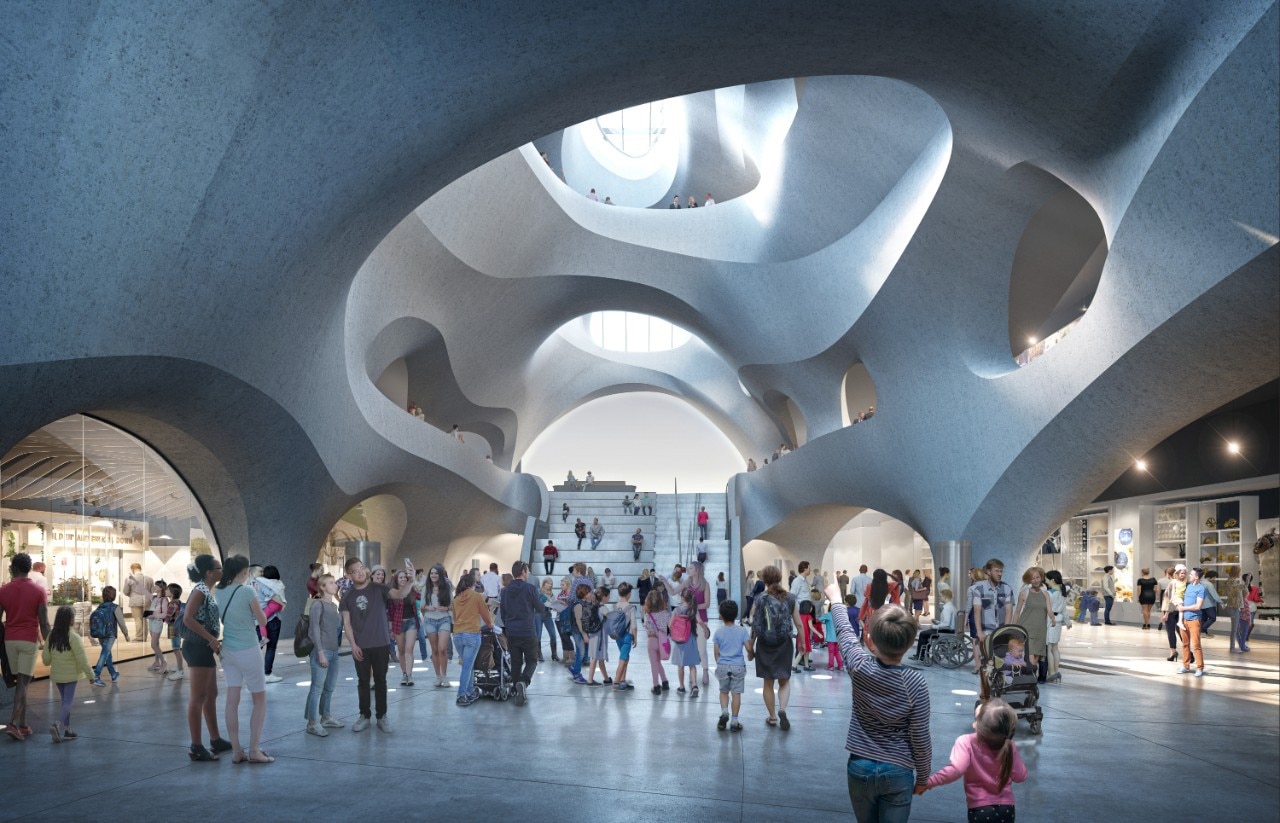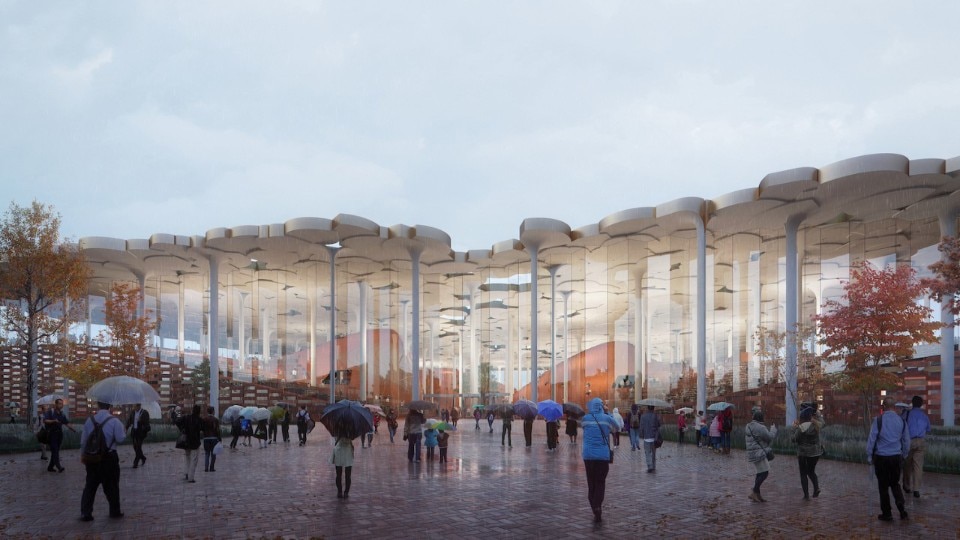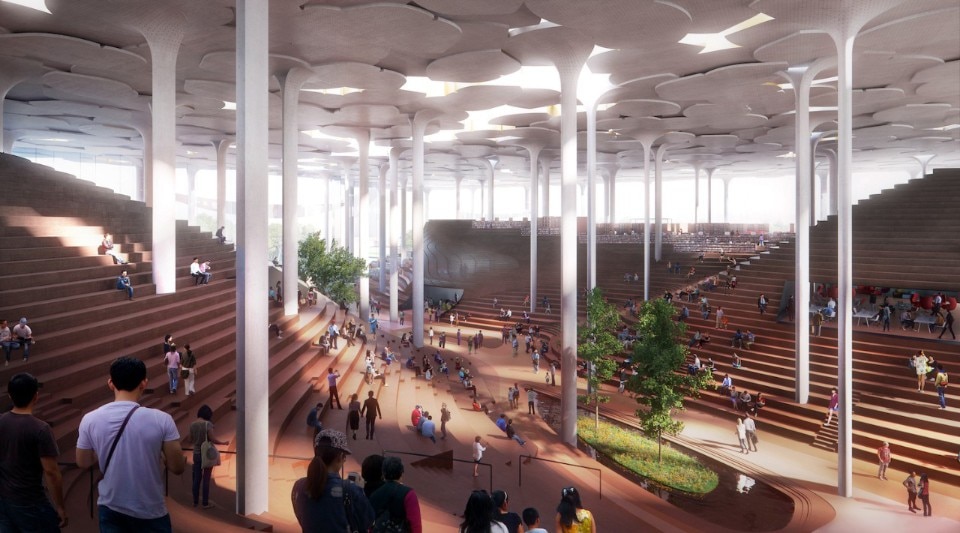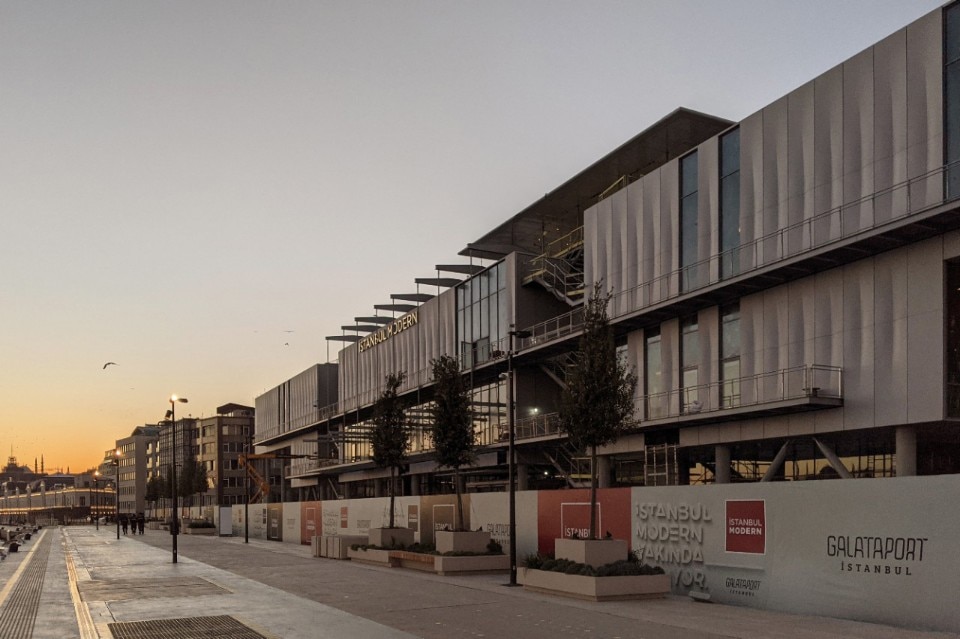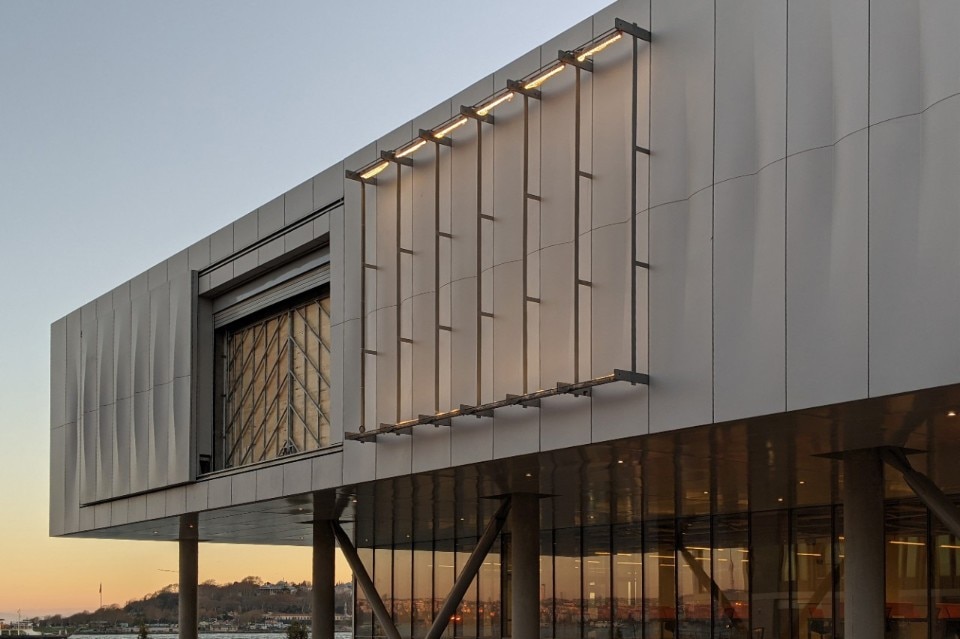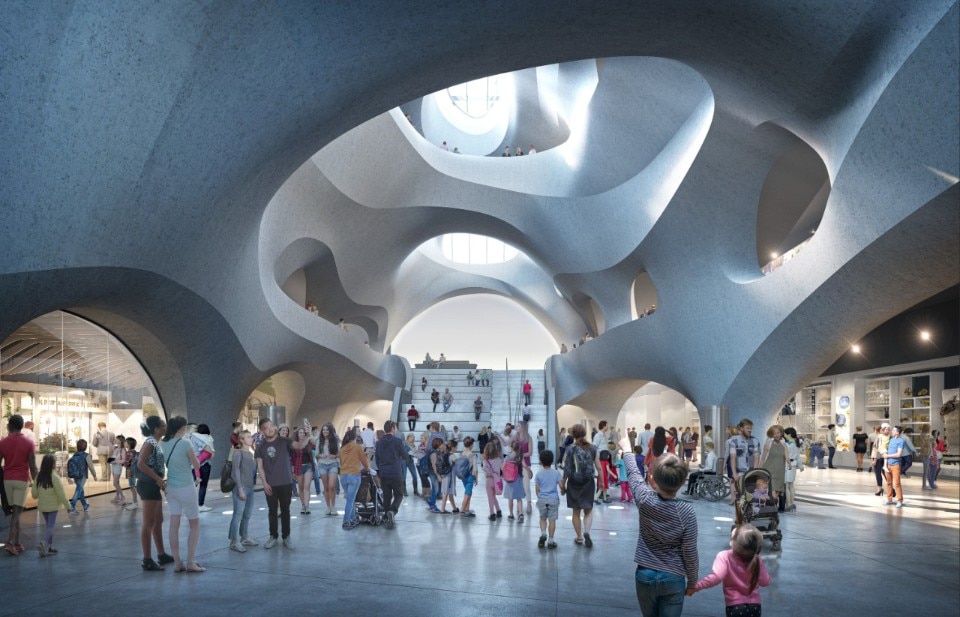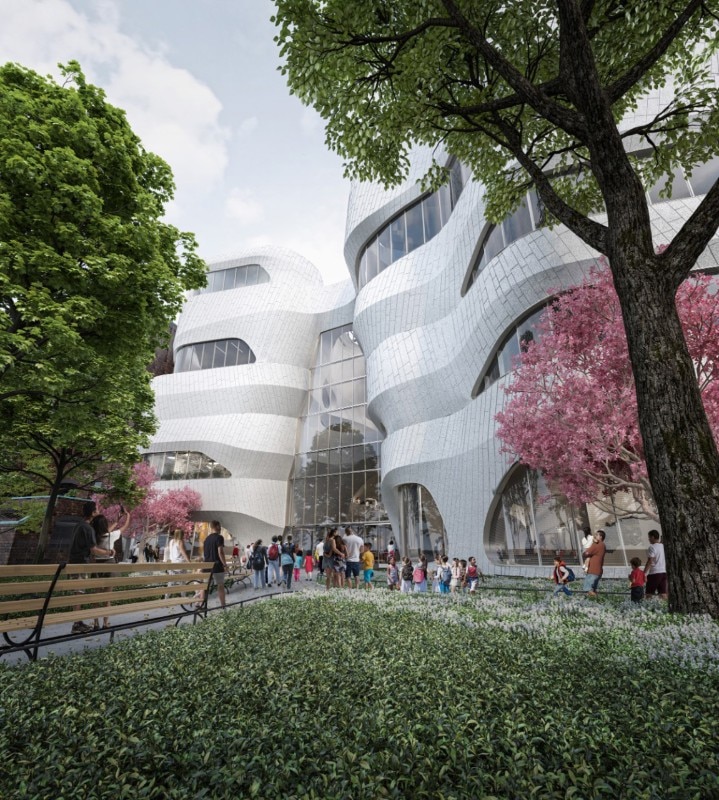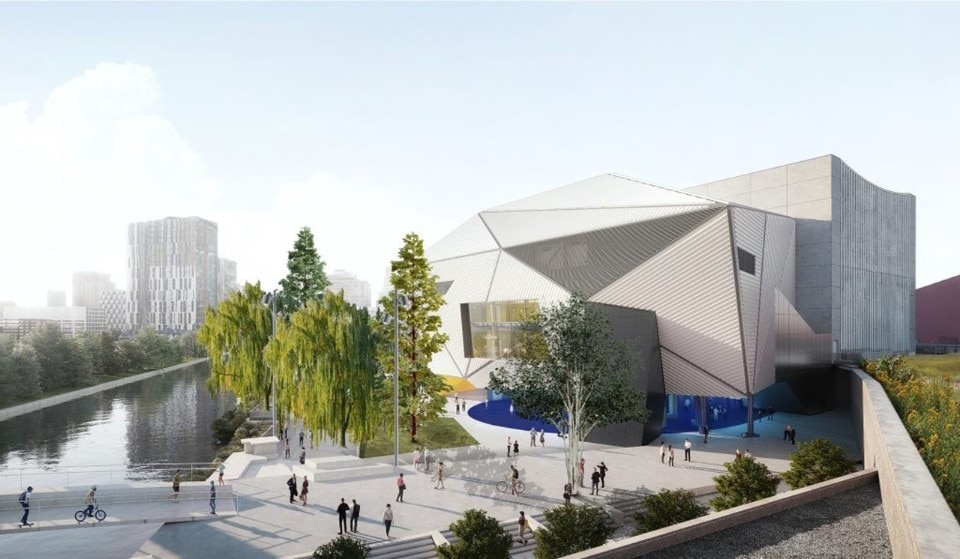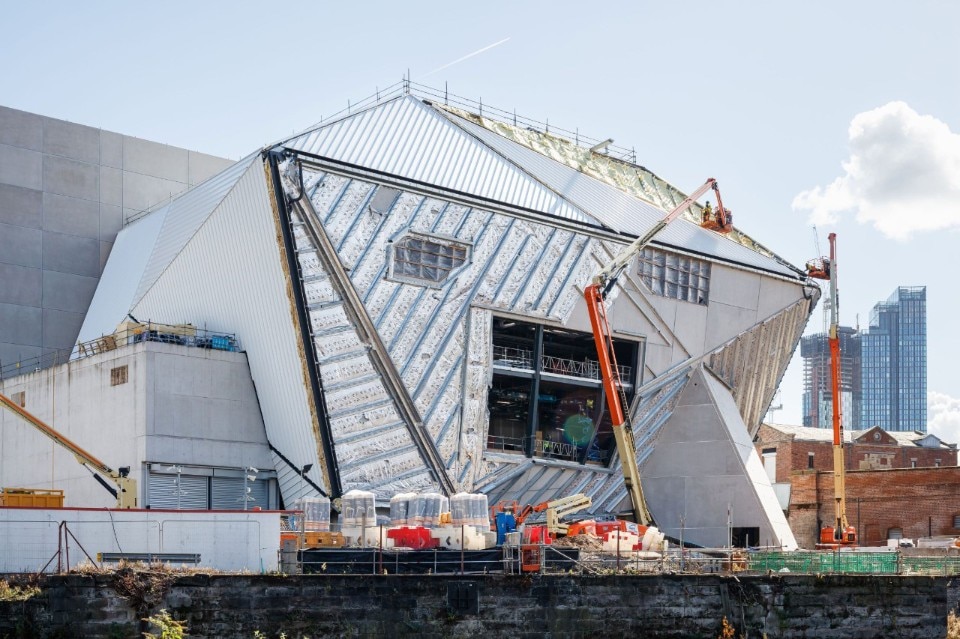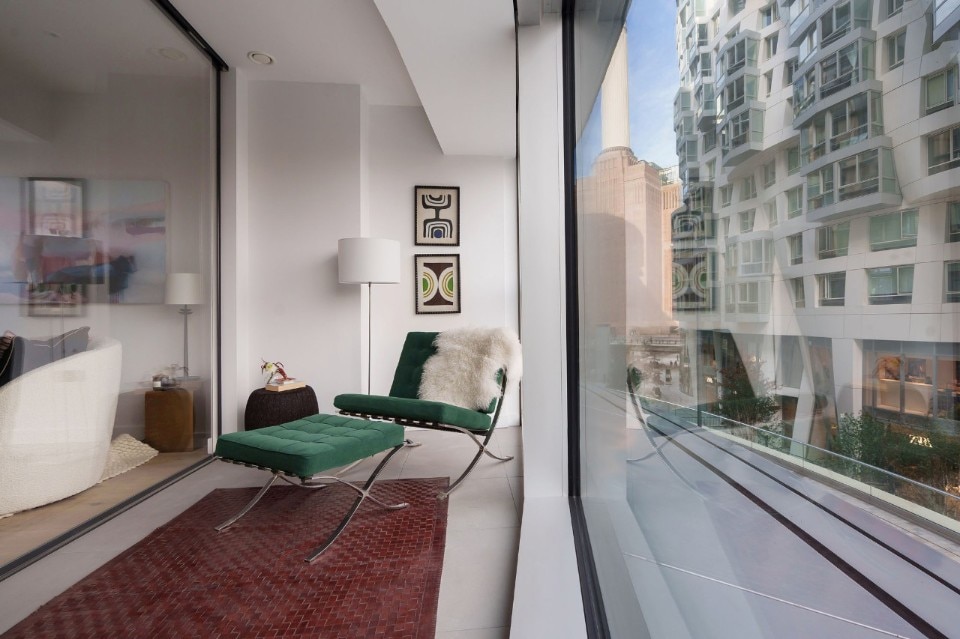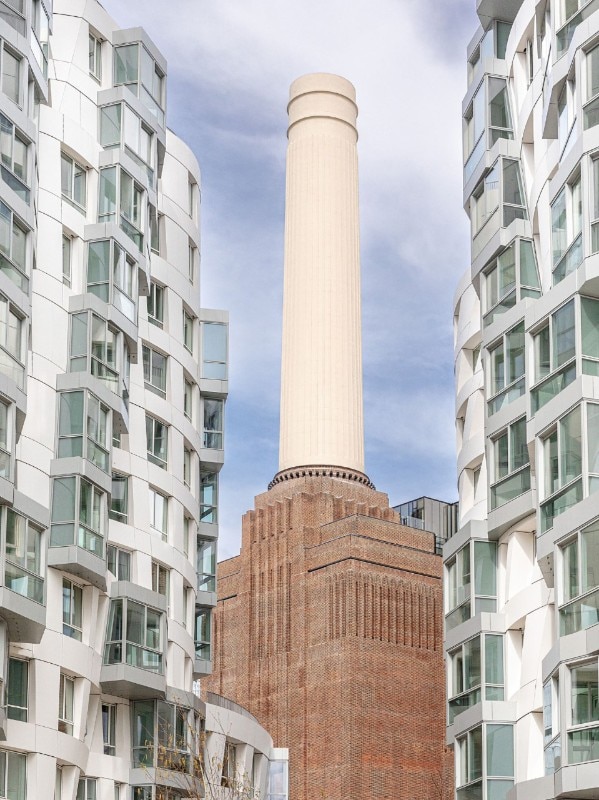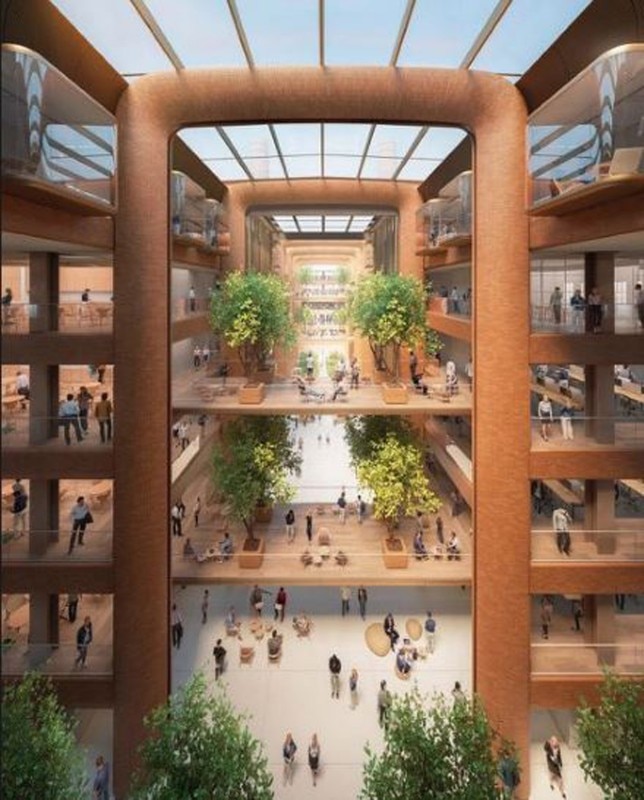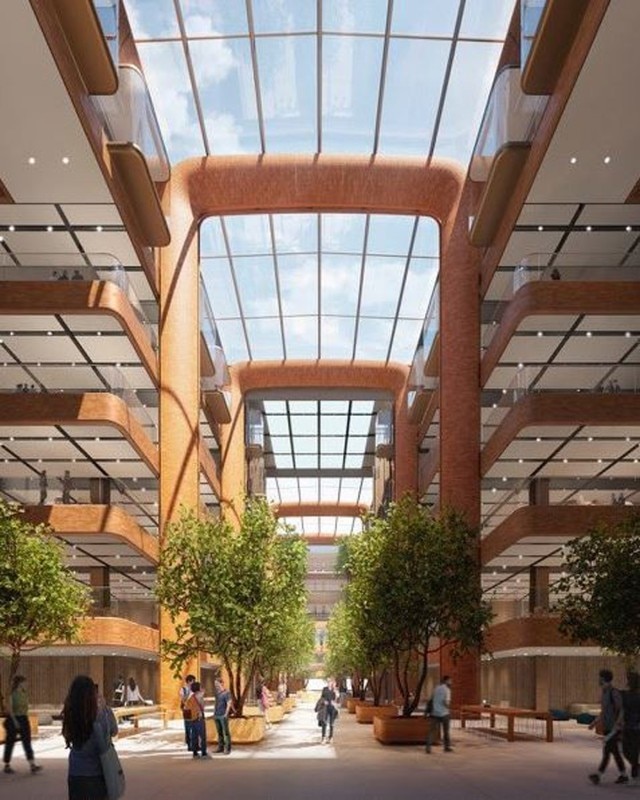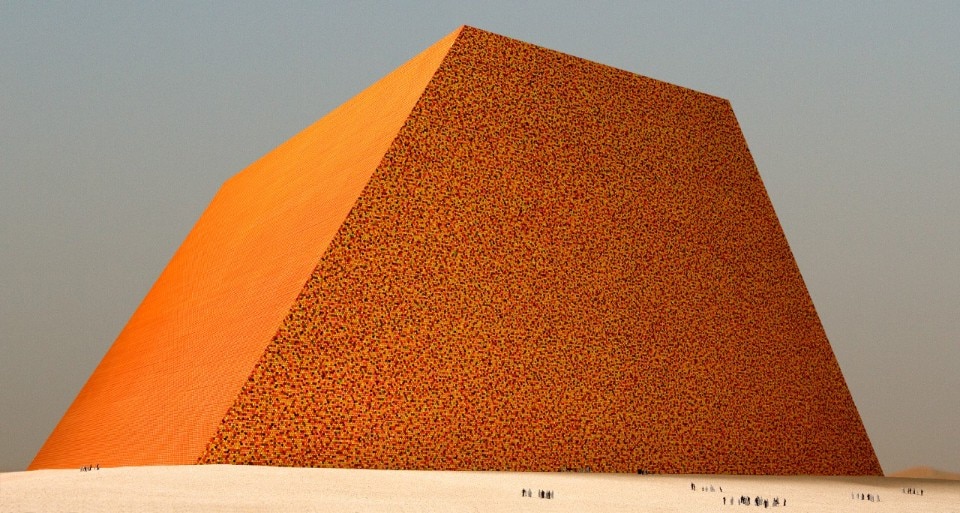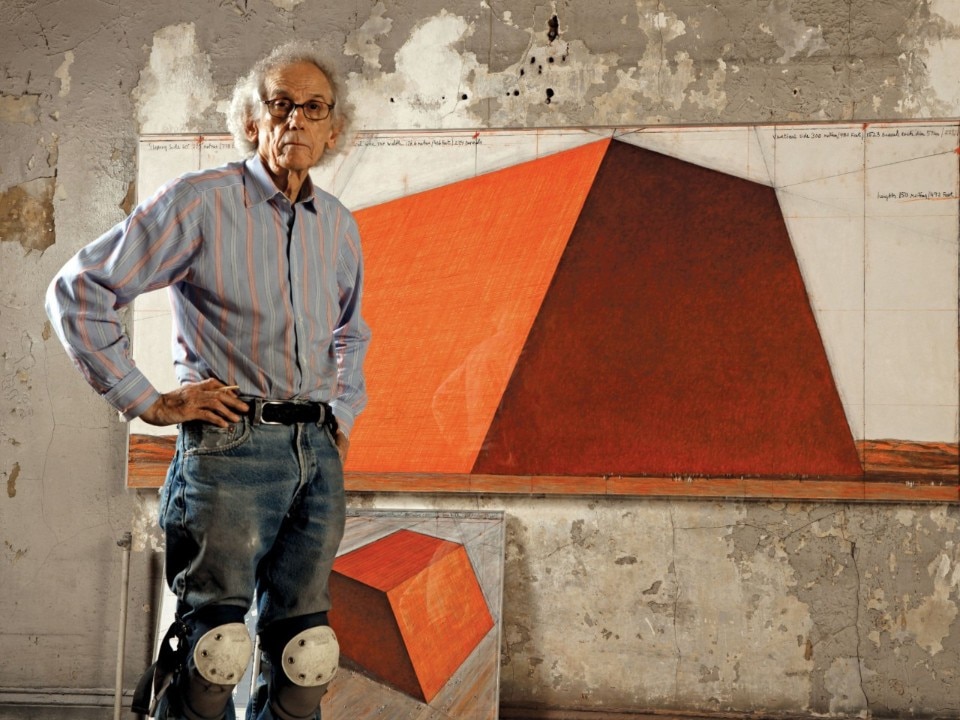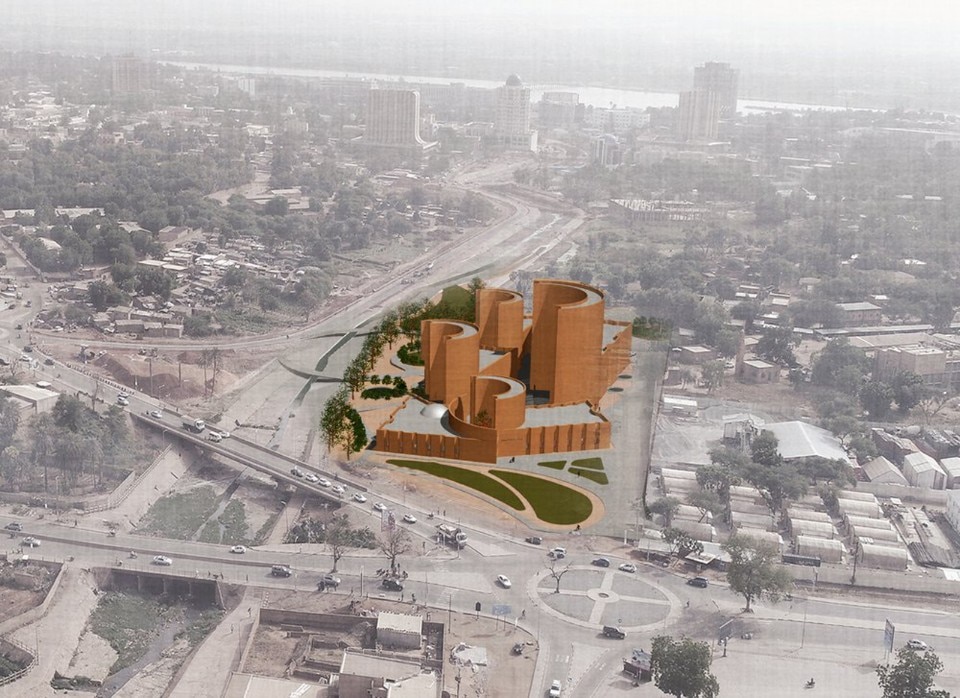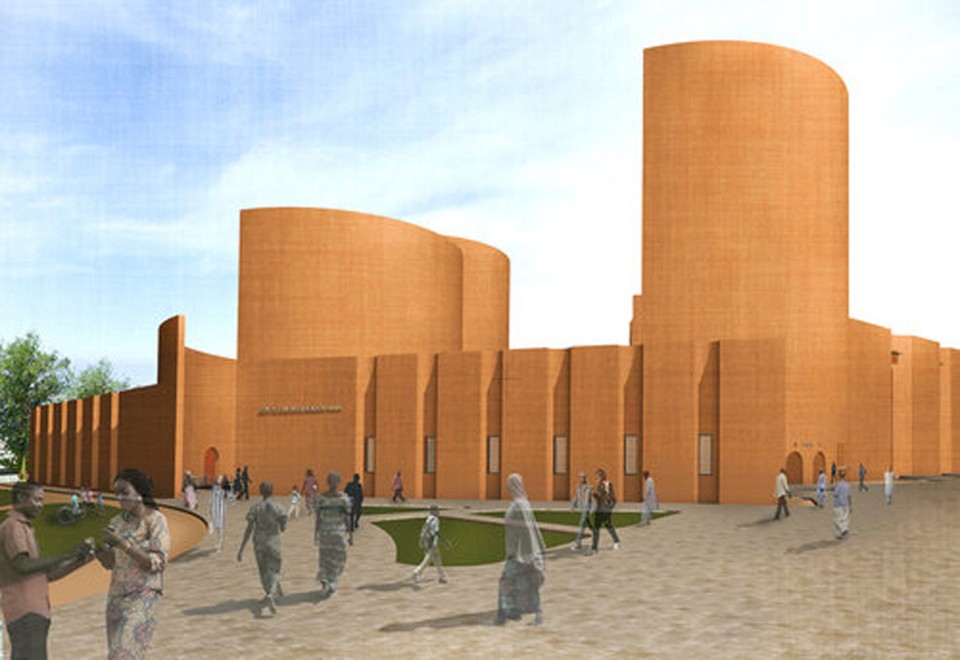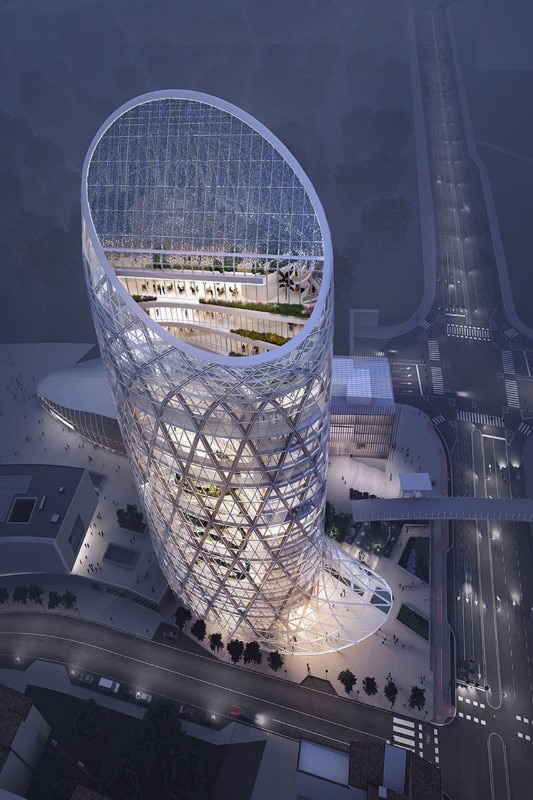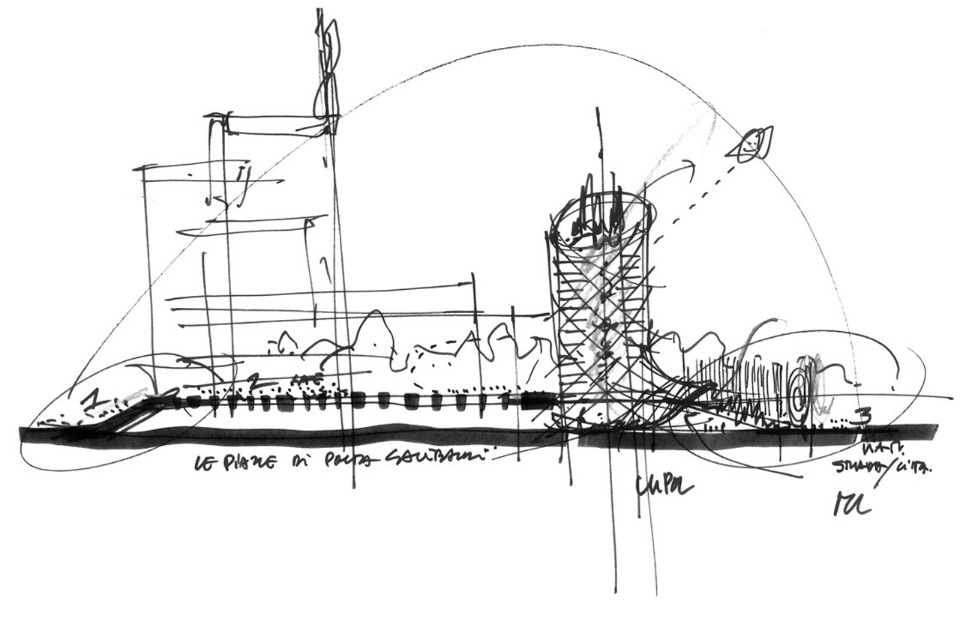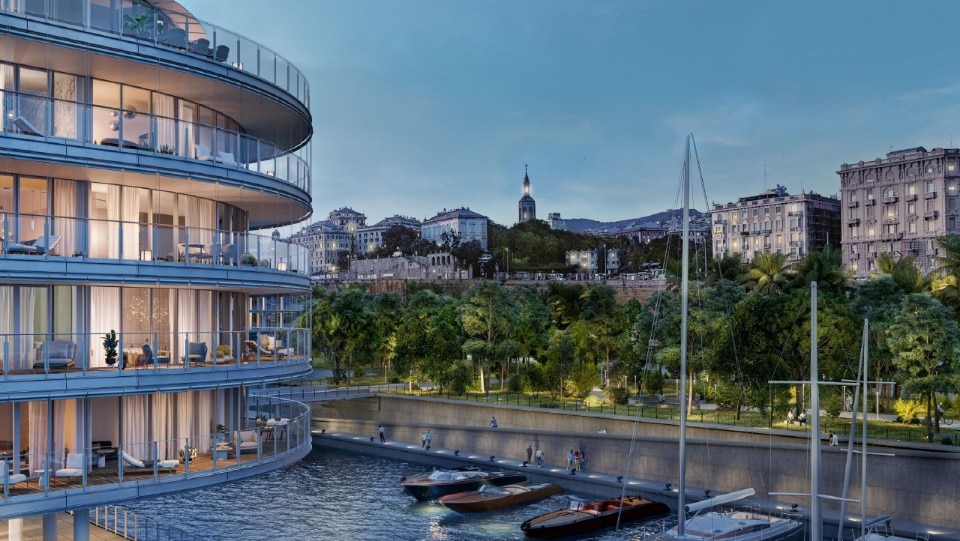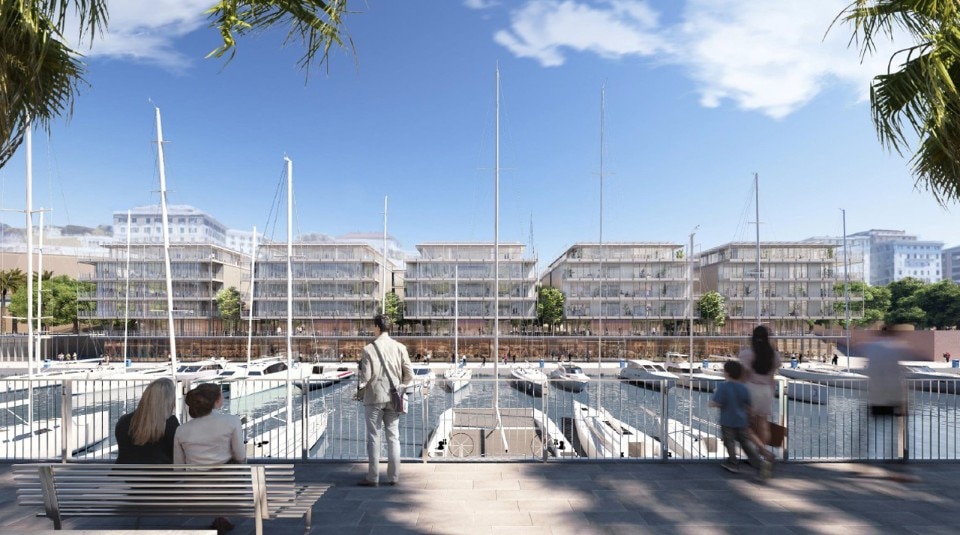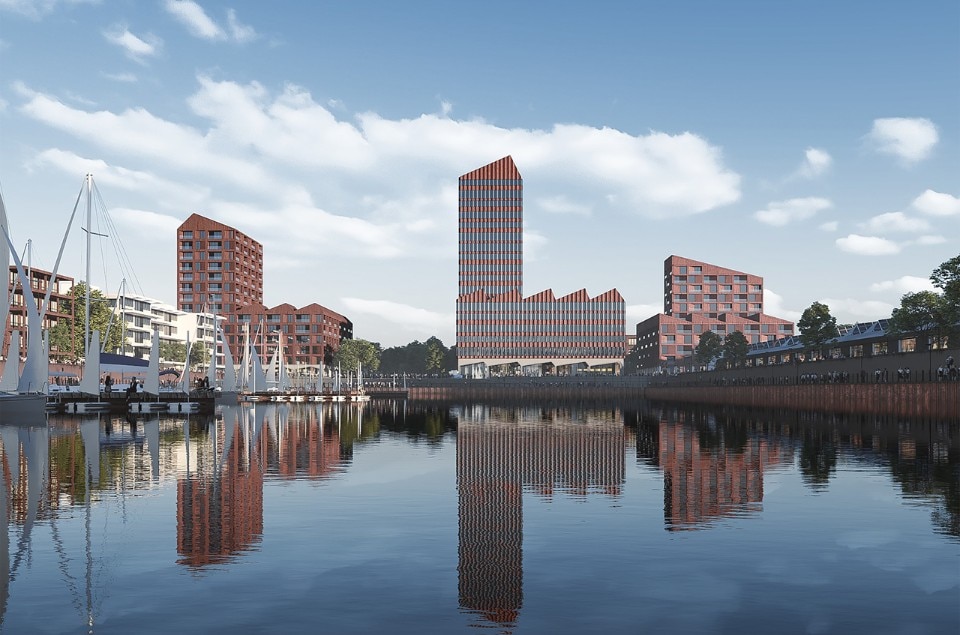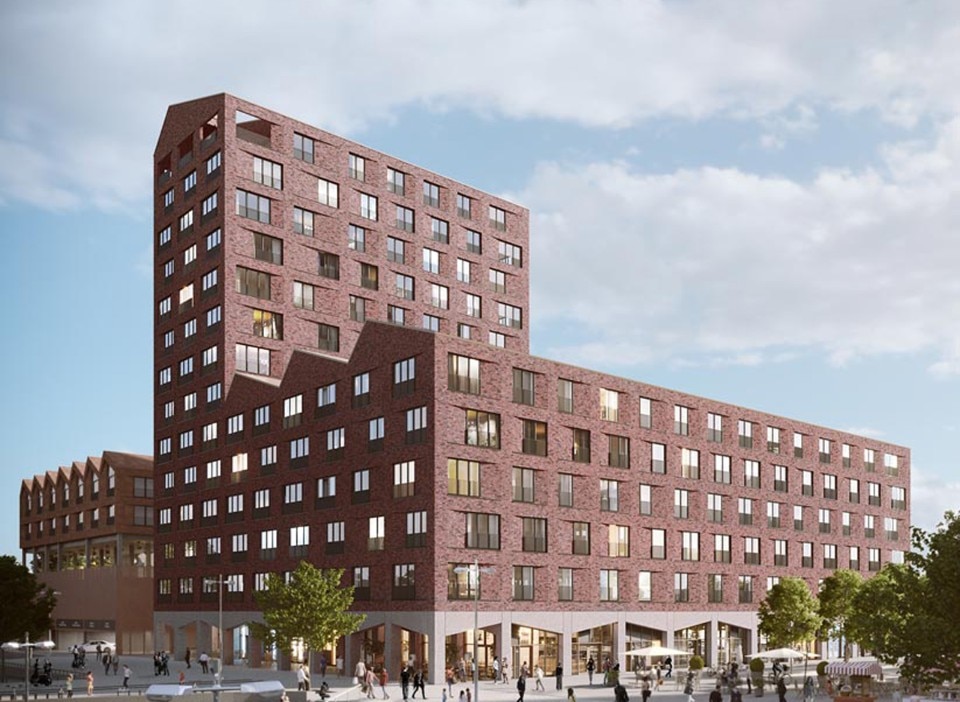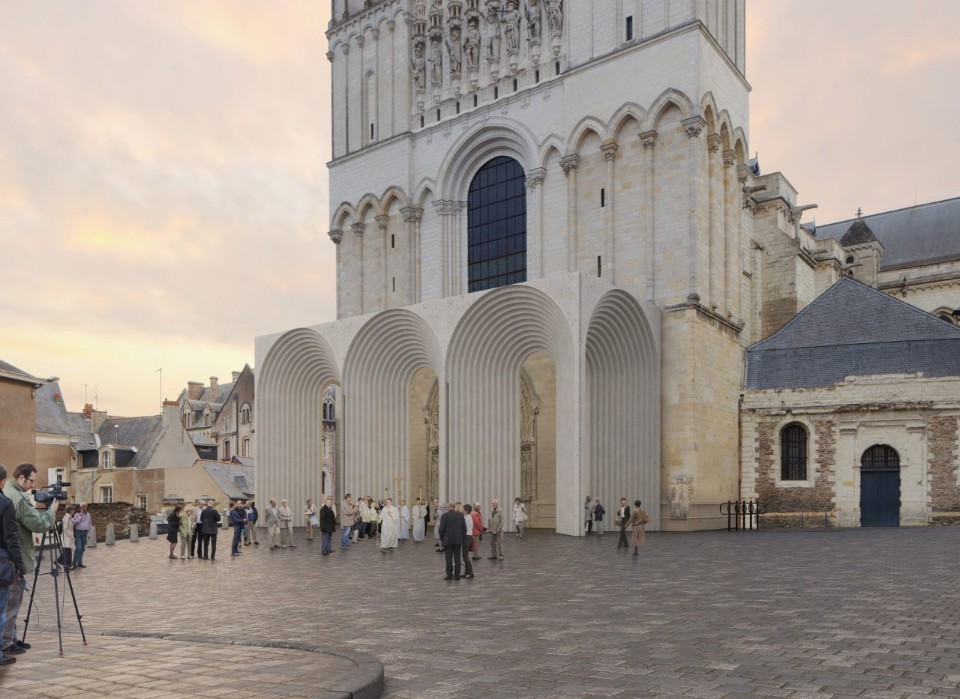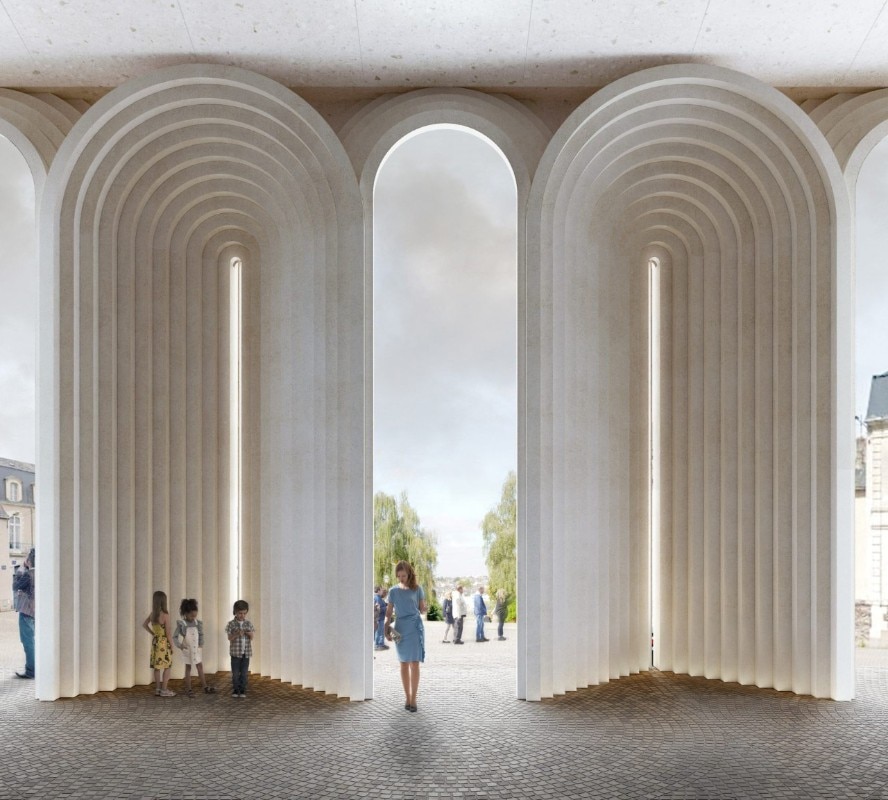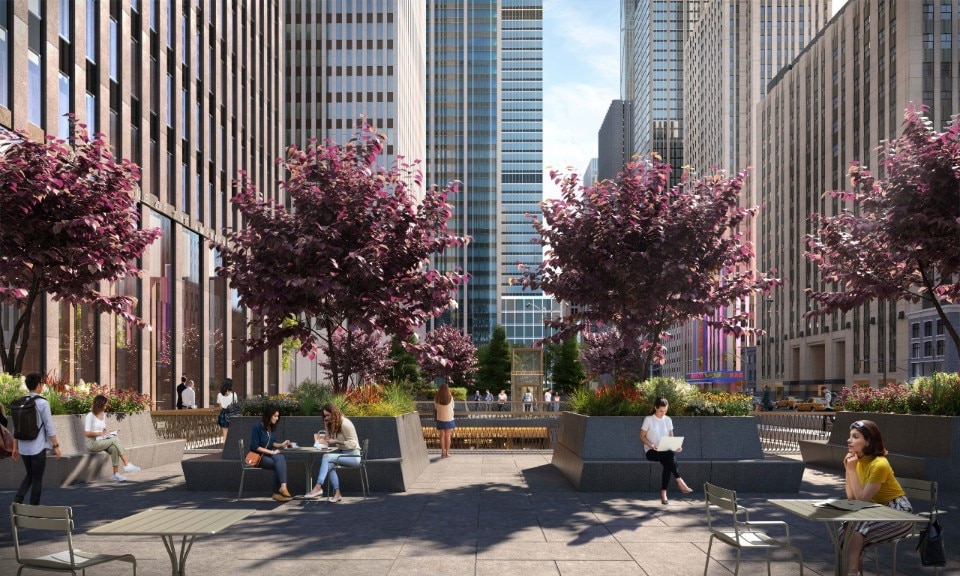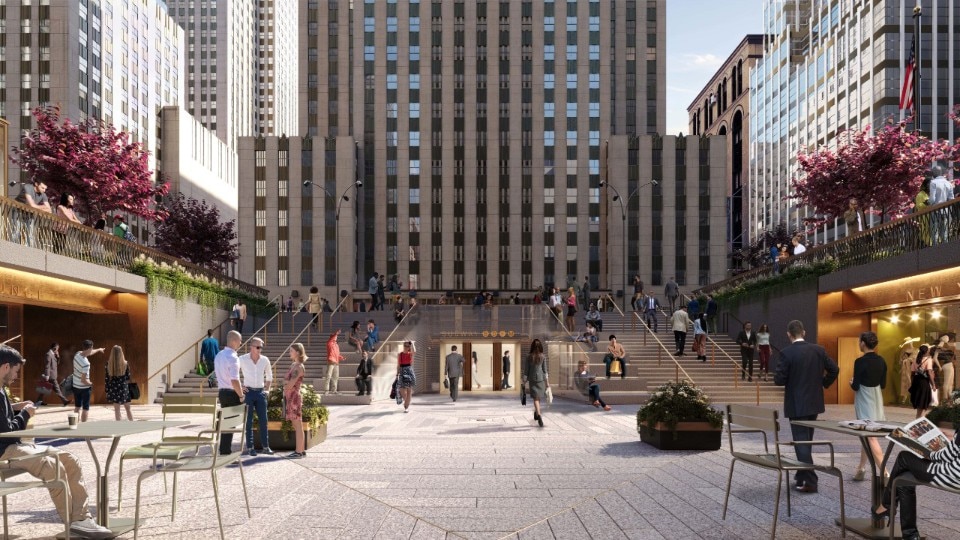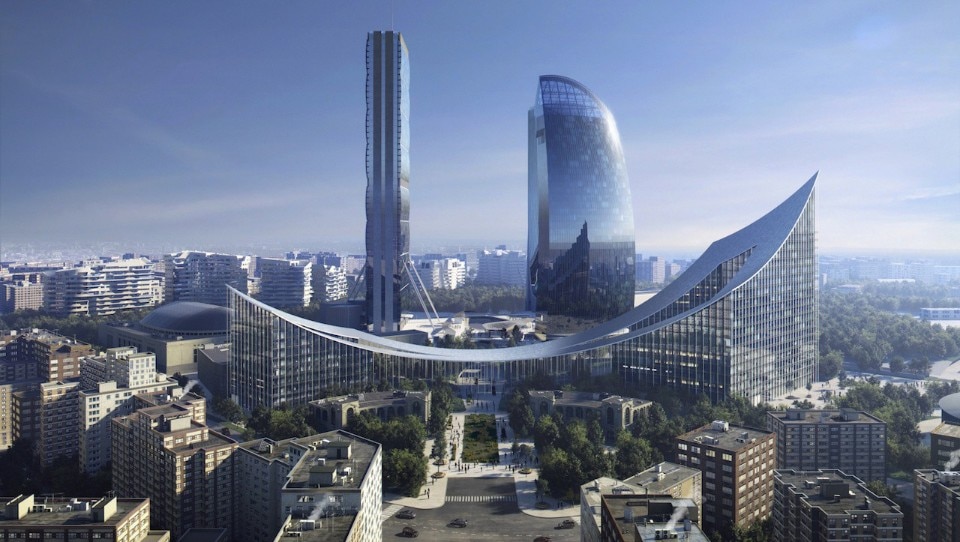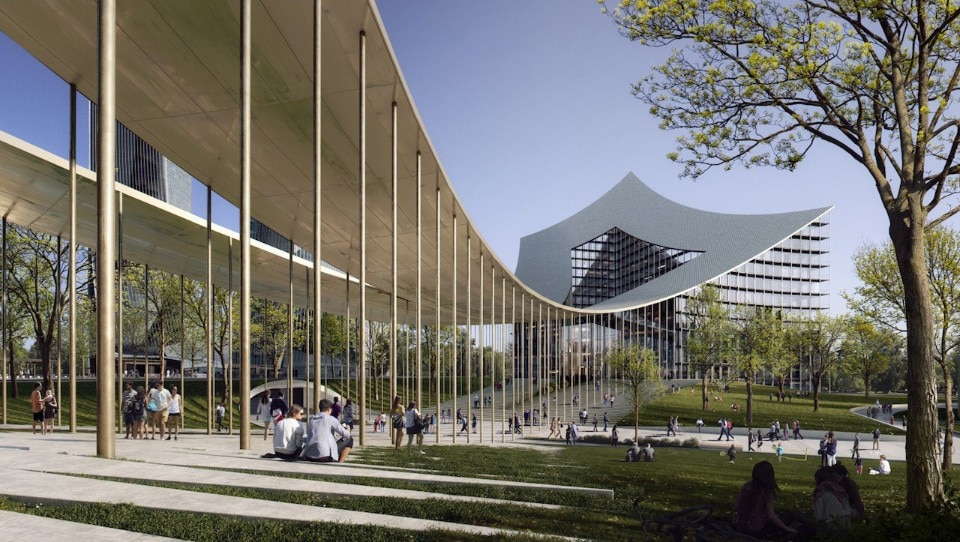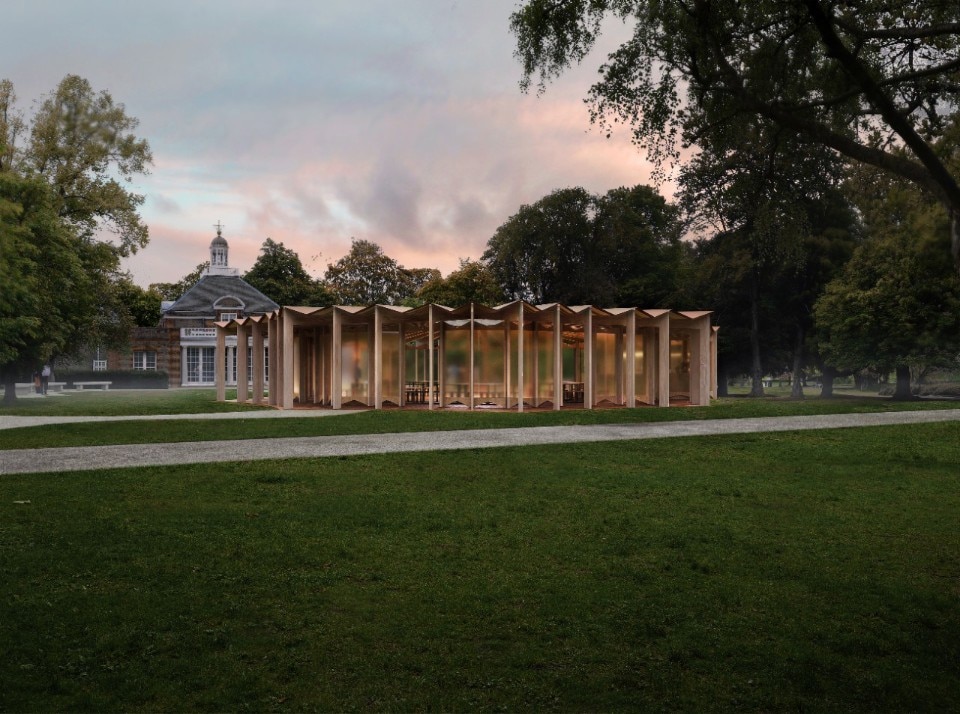In architecture, as in many other disciplines, 2023 might result in a peculiar year: neither the classic big announcements year nor an anonymous period of transition, but an apparently suspended time.
Projects that had been stopped at the last mile by the pandemic are now completed, while others, that had been held at the start, are now rushing to make up for the months lost. There are long-delayed openings (some were already among the most announced for 2022, such as Renzo Piano’s Istanbul Modern), deferred completions such as Mario Cucinella’s Unipol tower in Milan, which has had to yield precedence, and specialized workers to the Genova San Giorgio bridge works, and stories nearing a geological timing scale, such as OMA’s Factory International in Manchester.
The geographies of this trend are global, from Africa to America to Asia, whose exchanges with Europe are no longer unidirectional (the library by Snohetta opens in Beijing, while in Paris-Batignolles a housing building signed by the Chinese firm MAD has just opened).
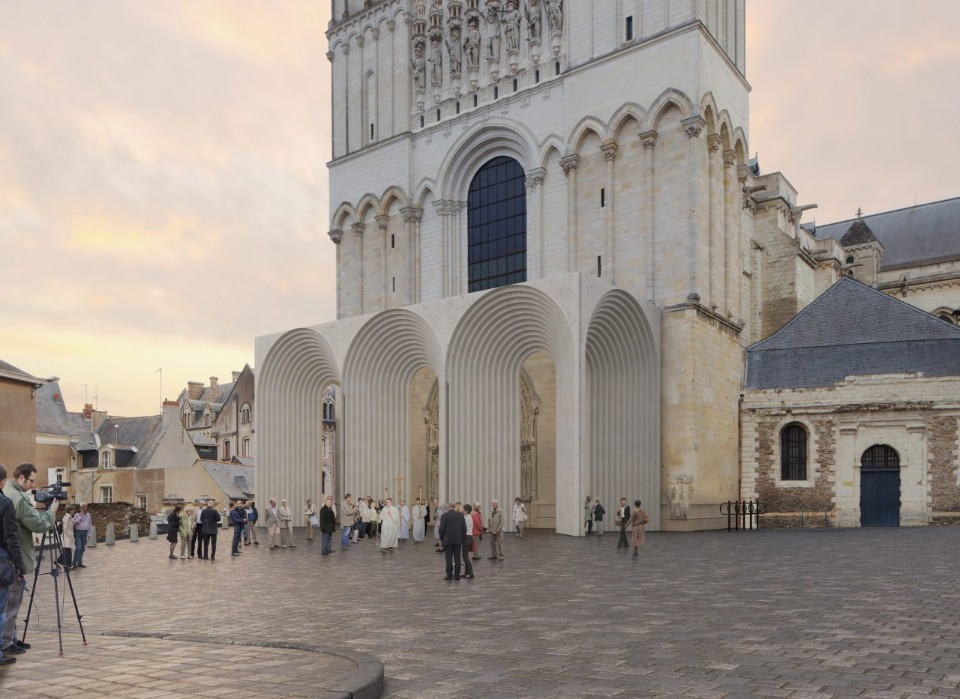
It is a trend that involves the urban scale — we were waiting for 2023 see the new waterfront in Chicago, we will see the ones in Bremen by Cobe and in Genoa by Renzo Piano instead — and the scale of the — still complex — interactions between art, architecture, material and digital dimension: will Christo’s latest Mastaba, financed with NFT, succeed in seeing the light of day in the UAE?
But the tendency that sounds more promising for 2023 is in any case a trend of rethinking, of re-elaboration: a multiplicity of projects that extend, enhance, integrate or renovate buildings of important historical value, or valorize art and cultural heritage. Kengo Kuma’s portal for Angers cathedral, Jeanne Gang's new spaces at the American Museum of Natural History, Lina Ghotmeh’s Serpentine Pavilion speak to us of an attention to an existing tangible and intangible treasure that, especially in these post-pandemic years, has become a priority again in our way of inhabiting the planet, even in opposition to seemingly limitless dynamics of expansion and extraction of resources.


